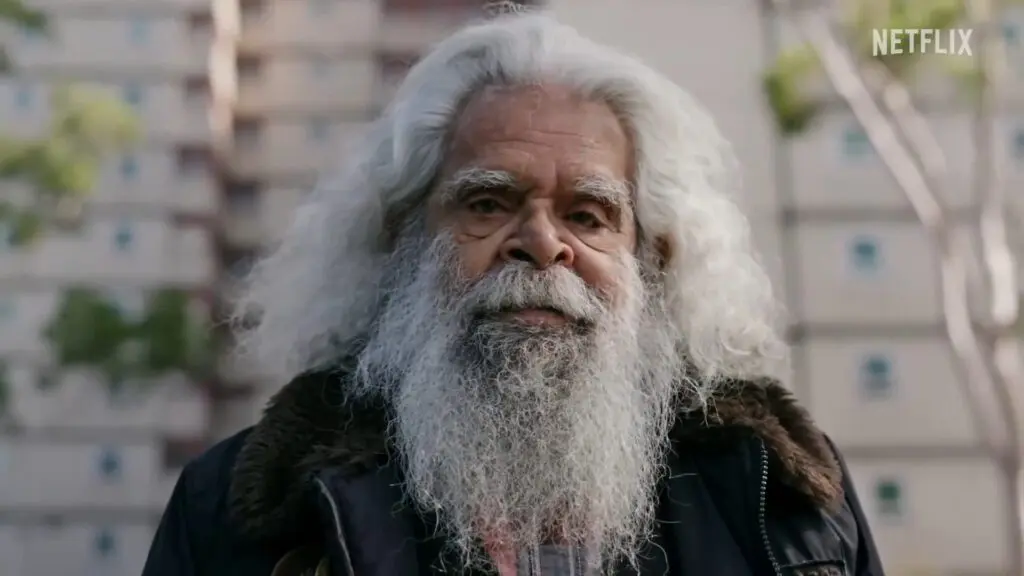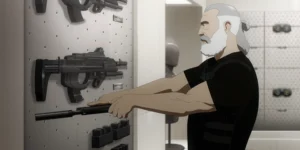Summary
Incarceration of indigenous people is a growing crisis. This documentary film explores their life behind bars and how art is saving them.
Netflix documentary film The Art of Incarceration was released on the streaming service on July 3, 2022.
Netflix has released The Art of Incarceration, a documentary film that recites the stories of the prisoners of Victoria Fulham’s correctional centre. We follow the prisoners’ questions about their cultural identity and their healing as they prepare for life in the new world outside their prison walls. This documentary film is directed by Alex Siddons and written by Christopher Austin, Alex Siddons, and Robby Wirramanda and is roughly one hour and twenty minutes long. Packed with information, the time flew when watching, and I could easily have watched more.
Across this documentary film we get to explore how art and culture can empower Australia’s first nations people and change their unjust cycles of imprisonment. After 40 years of campaigning the inmates are able to sell their art work to help pay for their lives outside the prison walls. Art can help them keep their expressive individuality and creativity alive. It gives them a focus and calming environment. Unlike the violent prison stories we’re used to seeing, this documentary film showcases a more kind and creative, almost freeing prison, with prisoners who aren’t in chains, being vulgar, but are creating art and trying to go back to their roots.
It’s narrated by Jack Charles, who is a 78-year-old Australian actor, musician, potter, and Aboriginal elder. Jack Charles was a victim of the Australian government’s forced assimilation program which took him from his mother as an infant. He was brought up in the Salvation Army Boys’ Home at Box Hill, suburban Melbourne, where he was the only Aboriginal child and was sexually abused. His calming, serious voice reads facts throughout the documentary and discusses the chilling reality as to why and how the indigenous people spend a lot of their lives in prison.
The contrast between the crimes they are brought up with and commit, and the beautiful art they can create, is quite harrowing. These people have the ability and right to be creative, kind souls but their history, their country has set them up for failure. As we’re taken across beautiful landscapes, learning about their history, heritage and hearing their hope for the future, I can’t help but feel saddened that they might end up back in the prison painting, as their life inside seems a lot easier than their life outside.
With real footage and honest interviews throughout, their art is collected for a “confined exhibition” — this event gives the prisoners something to strive for and look forward to. We’re exposed to a range of different art projects and what inspired them. This exhibition has brought people together and given them positive experiences in what is a dark time and situation.
Overall this documentary is a powerful and educational watch. I learned a lot and my eyes were opened to something that is currently happening in the world that I knew nothing about. This documentary explores a dark past of sunny, fun Australia and yet sends a positive message of hope and progression. Once back into society, we know the hard work and healing continues and it isn’t easy. I hope that these people are able to find peace and a place outside the prison walls.
What did you think of the Netflix documentary film The Art of Incarceration? Comment below.
You can watch this documentary with a subscription to Netflix.




